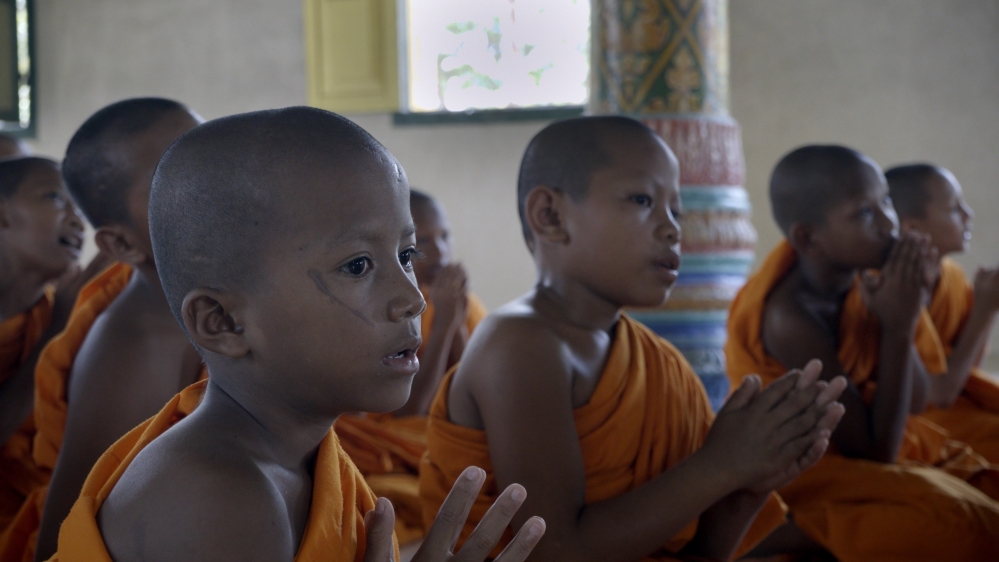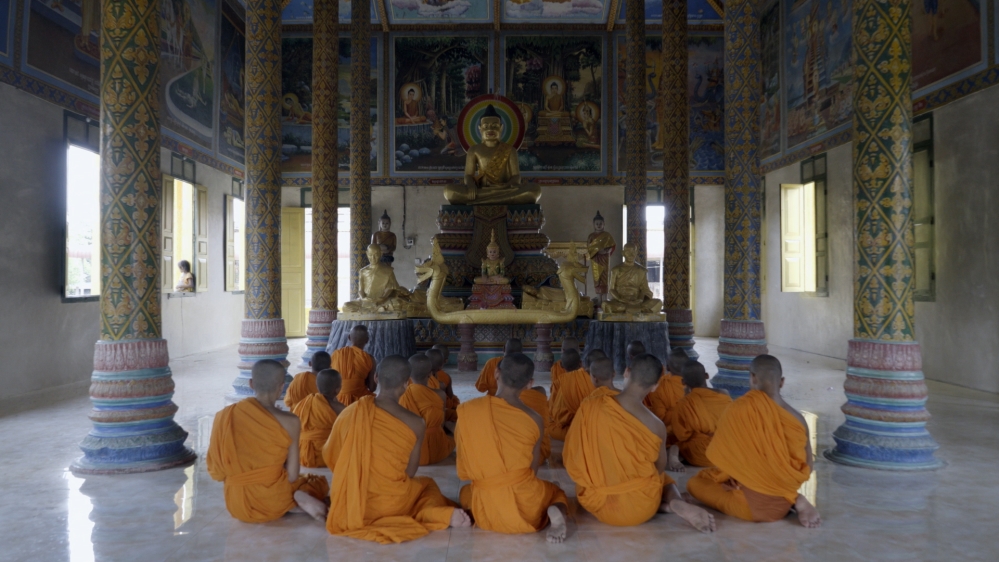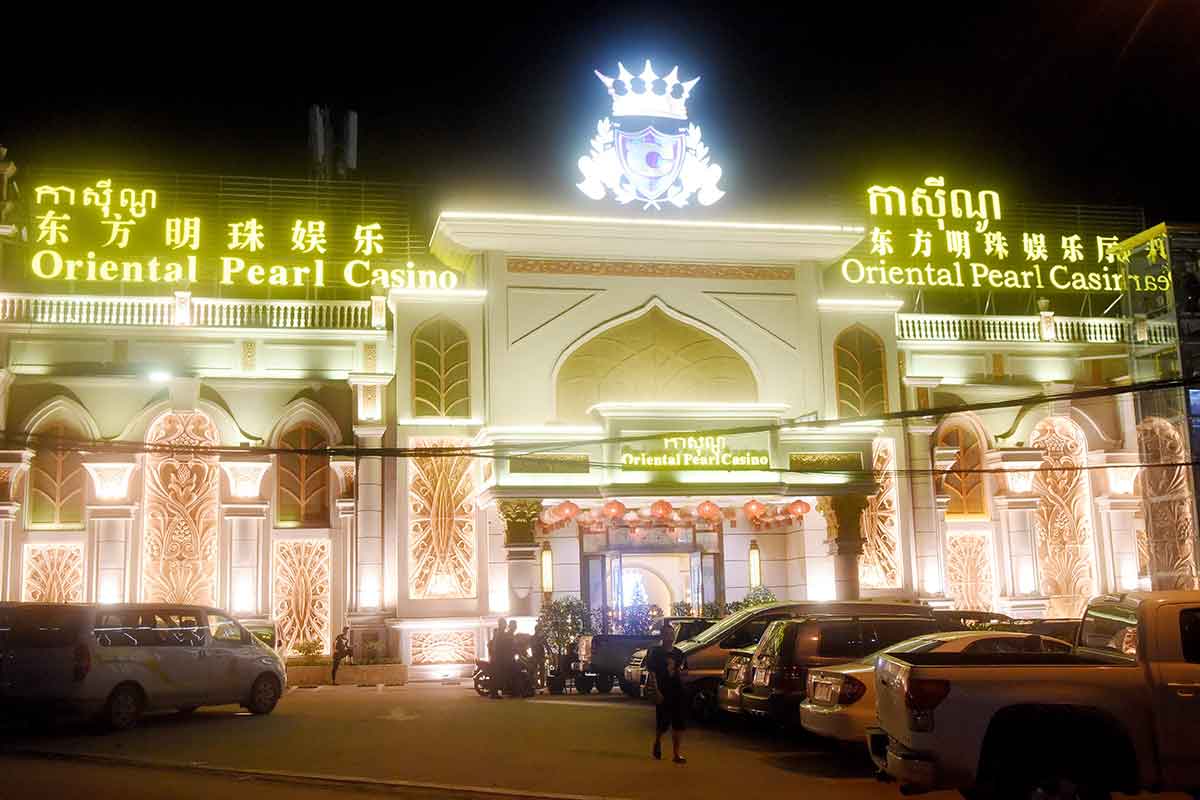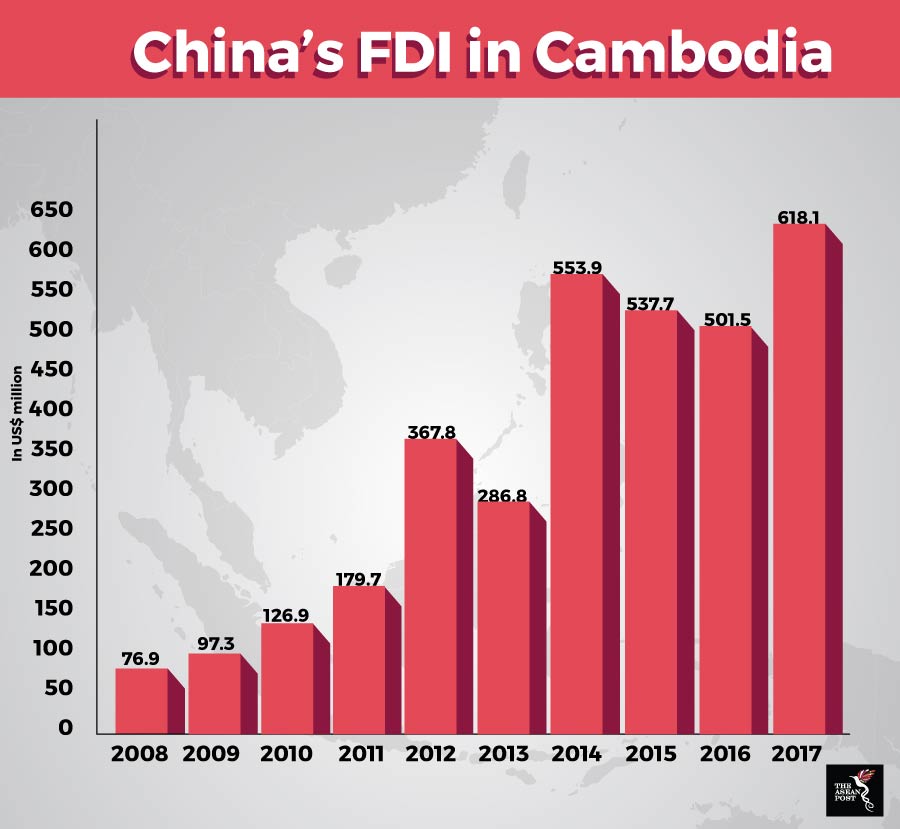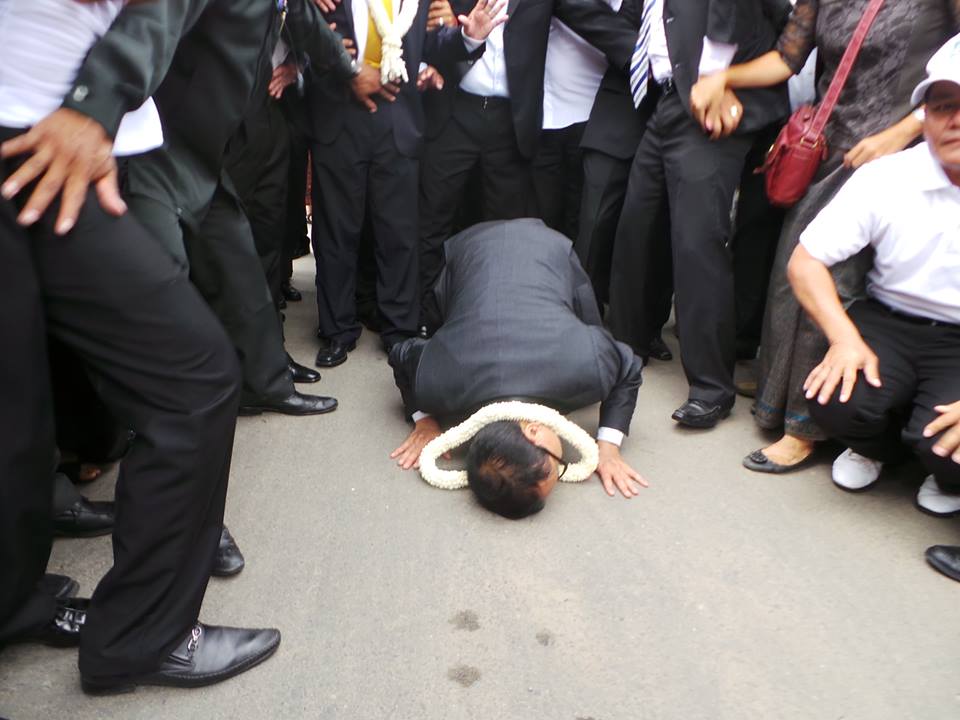The calm did not last long. By early afternoon the Khmer Rouge were ordering all residents to leave the city with a minimum of belongings, the start of what turned out to be a death march for thousands. The city remained mostly empty until the Vietnamese invasion almost five years later. “Some soldiers were shooting in the air in order to force the inhabitants to flee the city,” Neveu said.
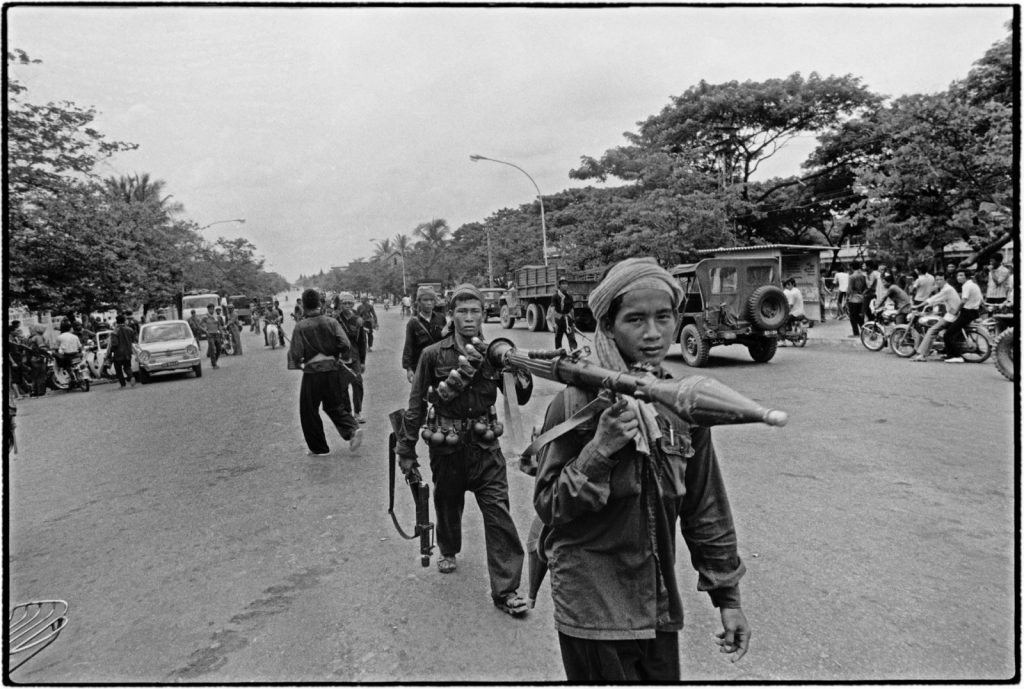
Phnom Penh fell with barely a fight and the victorious Khmer Rouge guerrilla forces entered the city from all sides. Photo: Roland Neveu
It has been estimated that at least 20,000 people perished during the evacuation of the capital. It marked the start of what many have referred to as “Year Zero,” with the Khmer Rouge emptying towns and cities and forcing city-dwellers to become slave laborers in the countryside. By some accounts, Phnom Penh’s population dropped from two million to 25,000 in only three days, and by the end of the Khmer Rouge rein in 1979, one in four Cambodians had died.
Continue to read entire article at Asia Time…

